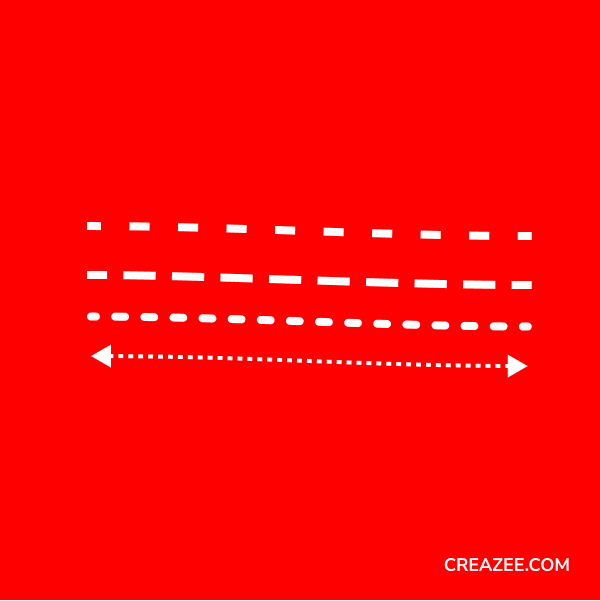So, you have done a free-flowing writing session.
You waited at least 24 hours to reopen that draft, and now you look at it with different eyes. You are wearing the lenses of the writer, the publisher. You need to evaluate that draft like if it were submitted to you by somebody else, a third person.
Now you are in a different place, different mode, you have the red pen with you. What is this person writing? Is there anything useful?
It’s a draft. You are not judging a final copy, but you are exploring an uncharted terrain to uncover pearls. Your goal is not to look at the style, at how concepts are expressed. Your goal is to look for exciting ideas: is there anything interesting?
In this second exercise of reviewing, you first highlight interesting things, and then you pick one or two of them or more, you combine them to an idea, to a possible draft.
Highlight, identify, copy and paste in another document anything that you feel might be further developed or connected, or integrated. Anything worth your attention needs to be extracted. Extract concepts, not the expression forms, and transform that amorphous matter into an article.
To do that, you need to define your objectives. What audience is this article for? And about what?
It might be a journal entry, blog post, or social media. It might be a writing exercise. Then pick a format, a template. For instance, the usual essay structure: introduction, development, and conclusion.
You can do that using the “Panino” template. You start with a strong statement and a possible conclusion. And then you split it into a problem at the beginning and a solution at the end. And then you fill it in with the “companatico,” with mozzarella and pomodoro, you develop the story, the middle.
So you have a final copy, something that could now be a candidate for publication or added to your article archive.
Buon appetito.
